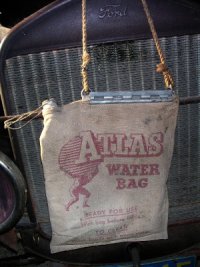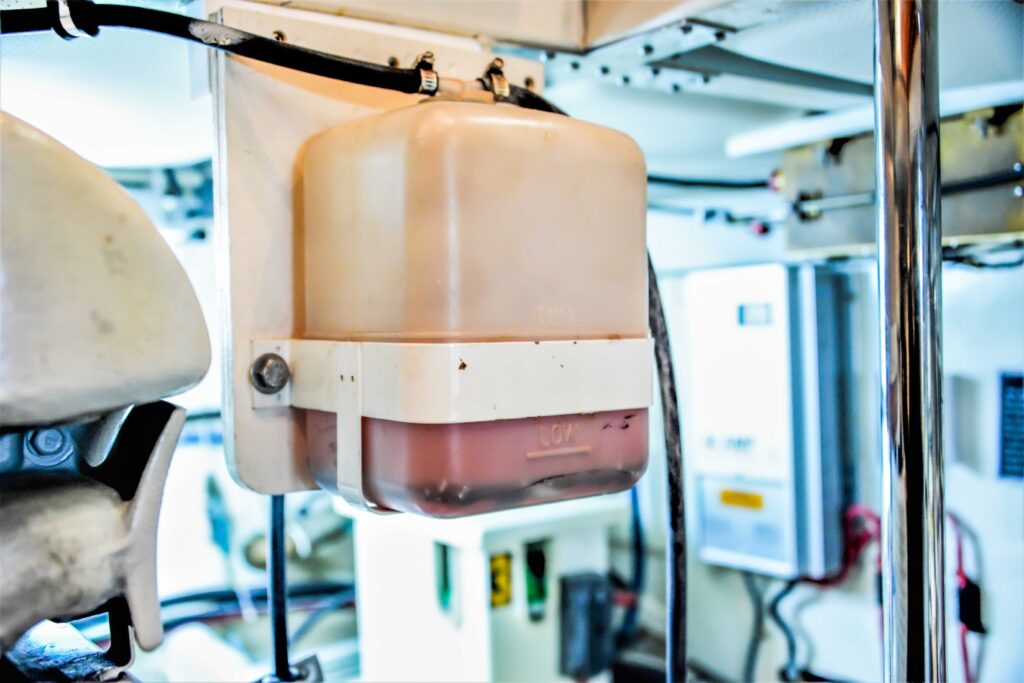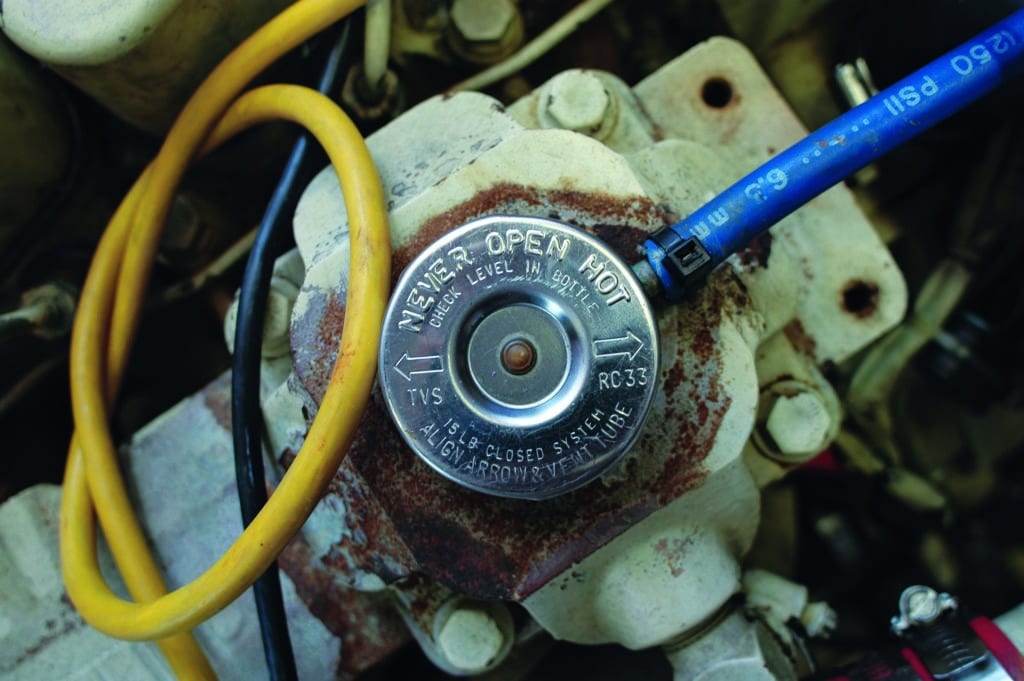Overflow Tank
I still felt like I was missing something. Digging around, my current understanding is as follows:

The introduction of overflow tanks, their pressurization, and increasing system complexity is for: reducing the amount of coolant sprayed into the environment, reducing the need to add coolant after any overflow, reducing the frequency with which we need to monitor coolant levels, adapting to higher performance engines, and greater system efficiency.
Pressure on the coolant raises its boiling point. Some formulae state every psi raises the boiling temp of a typical mix by three degrees, giving a wider protection band.
Normal operation involves the coolant expanding with heat to fill the OF tank. As it cools, it sucks fluid back in. This reduces the accumulation of air in the system.
Engine designers specify the correct pressure rating for the cap based on system components and configuration. Go by what the manual says.
OF tanks work by pressure differentials, not gravity. They don't need to be mounted above the manifold coolant tank. Ideally the tank should be mounted so the cold fluid level is roughly even with the manifold coolant cap. If much higher and vented (unpressurized), when the manifold tank is opened gravity could make the manifold tank overflow.
Accumulation tanks are a further sophistication of the system. I don't think there should be multiple pressure caps in a system. Steven's cap wired shut reinforces this notion. (post # 67) If there are, each pressure should take into account the stacking of caps. I'm not sure how, but we don't have multiples so I didn't research that.
Our systems are relatively simple compared to modern automobiles, but are perfectly adequate for our needs. I don't need to add extra complexity.
Much of this is a recap of what had already been discussed in this thread. If I'm wrong on any of it, please correct me. It's an unfolding mystery.
These references were especially helpful.
Here's how to make sure your coolant recovery bottle is properly installed and in good working order.

passagemaker.com
You may not fully comprehend their significance, but coolant recovery bottles are the unsung heroes of the engine compartment.

www.cruisingworld.com
Various opinions on mount location for OF tank:
I will be adding a coolant overflow tank to a 5424 Universal diesel. Should the tank be mounted higher or lower than the coolant reservoir on the engine? Thanks
forums.sailboatowners.com




